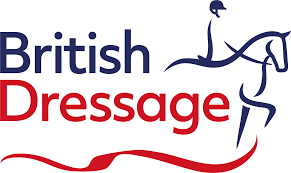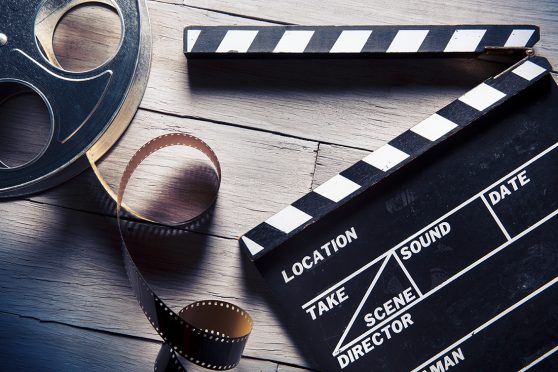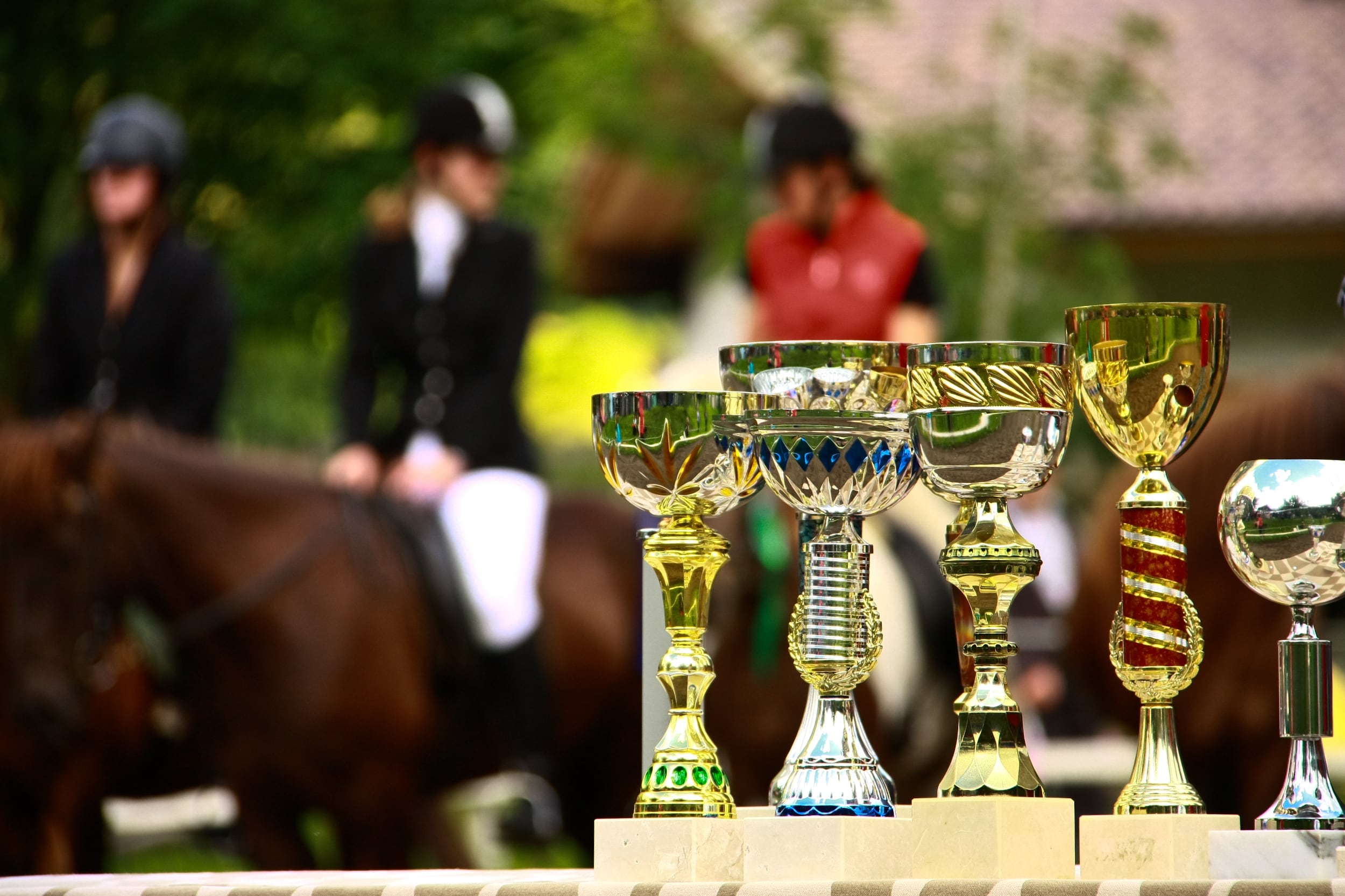
by Jo Standard BD Listed Judge – https://www.facebook.com/profile.php?id=100057456368827

Many of you will already be aware that I don’t like anyone taking short cuts in the horses work, and I will never go for the quick fix, either with or without gadgets.
For the young horse starting its education, it is so important to let them develop their balance with only a little guidance from the rider.
If short cuts are used, problems will be caused which can continue through the horses life.
I’m not being dramatic here, the physical and mental damage from being forced into an outline and not working correctly will last for a very long time.
If the muscles aren’t developed correctly, which can only happen when the horse is working correctly, the horse won’t be strong enough to use their whole body to work.
For example, if the horse is pulled in using the reins, the longissimus dorsi muscle which runs along the back, which can be seen on the diagram, won’t develop behind the saddle, and the hindlegs won’t be able to step under the body.
This is because the splenius muscle at the top of the neck is locked, the rhomboidal muscle won’t be working (you can often see a dip in front of the withers with an underdeveloped rhomboideus muscle), the gluteal muscles won’t be working correctly, and then the abdominals and pectorals (core) won’t be engaged resulting from the lack of tone behind the saddle.
However, if the horse is ridden forward into the contact, while being encouraged to find their balance, they will naturally use their whole body, and the muscles will develop correctly.
The next steps are time, and repetition. The classical ‘masters’ recommend that the horse is worked in the longer frame, or stretching for the first two years of their working life.
This will allow the muscles to develop in order to support the skeleton of the horse, and carry the rider without strain.
Not many people wait for this long before they want to ride the horse with a more advanced frame (head higher and neck more arched).
The horse will try to work in this way for their rider, but it’s when the rider pushes for more that the damage starts.
If you are trying to introduce correct work to an older horse which hasn’t done it before, you will have more of a job to undo the previous issues caused.
Either way, developing muscle takes time. You can’t have a good couple of rides and believe the job is done, move on. Repetition is, of course, the only way the muscles build, whether you’re doing poles, hacking or schooling.
I’m not saying you should take the full two years on the absolute basics, without changing anything, as there won’t be much progression in the education and you’ll both get bored, but working the horse mostly in the longer frame is going to be the most beneficial to them.
You can still teach them some slightly more complicated movements, such as lateral work, walk to canter and canter to walk, simple changes and lengthened strides, and smaller shapes and circles.
You will find that as the work becomes more complicated, the horse will start to pick up through the thoracic sling, using the core and hindlegs in the correct way.
Usually, when you first ask for a longer frame, it feels really unbalanced and all over the place.
However, as the horse gets stronger, you will feel the difference as they become straighter and better balanced.
So, when you start to ask for a longer frame, don’t just throw the reins at the horse. Their first reaction will be to hollow!
Make sure they are working forwards nicely, and then offer your hands a few centimetres down and forwards towards their mouth. When they start to lower the head and neck, make sure they don’t lean on your hands, keep the horse moving forwards.
Now and then you may need to make the reins shorter and start again, especially when you first start the new way of working, just to rebalance them.
Be patient and keep asking, it will be strange for them too initially.
When you start to feel a difference in the horses way of going, you’ll know it’s working and the muscle is building.
It may be helpful to take pictures on a monthly basis so you can see the physical difference, which will add to the changes you feel when you’re riding.
When this becomes the horses established way of going, you can then start to pick them up a little for short periods into a shorter frame


 approved online provider!
approved online provider!

